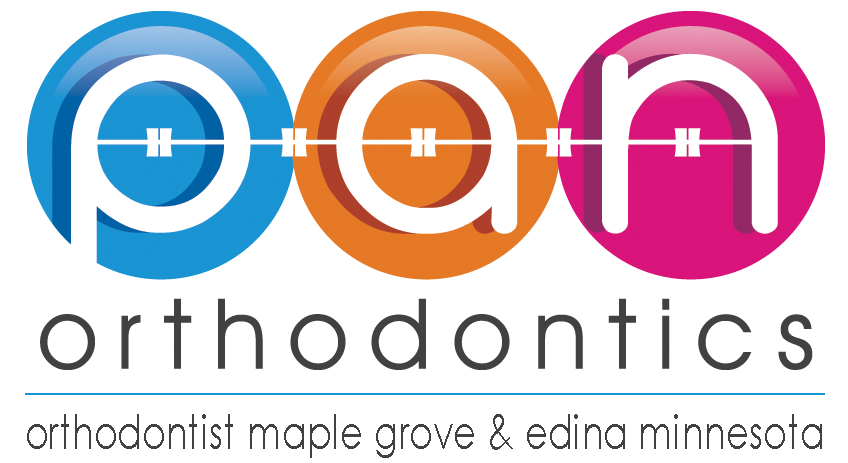Orthodontic Conditions - Condylar Hyperplasia
Condylar hyperplasia, which is also known as mandibular hyperplasia, is the presence of an enlarged mandible bone within the skull. It was first identified in 1836 by Robert Adams who associated it with the overdevelopment of mandible. The mandibular bone has two condyles. The condyles are known as the growth centers of the mandible. When the growth in the condyle exceeds its normal time span, it is called condylar hyperplasia. The most prevalent form of condylar hyperplasia is unilateral condylar hyperplasia. In this case, one condyle grows beyond the other condyle which results in facial asymmetry. Hugo Obwegeser placed condylar hyperplasia into two different categories which included hemimandibular hyperplasia and hemimandibular elongation. An estimated 30% of people who have facial asymmetry have condylar hyperplasia.
In 1986, Obwegeser and Makek identified two separate hemimandibular anomalies. These included hemimandibular hyperplasia and hemimandibular elongation. These two anomalies can be clinically present in a singular form or in combination with one another.
Cause
There is no known cause for condylar hyperplasia. There are numerous theories found in literature which are associated with the cause of condylar hyperplasia. One theory suggests that a traumatic event leads to an increased number of repair mechanism and hormones in that area. This can then lead to an increase in growth of mandible on that particular side. Another theory suggests that an increase in loading of the temporomandibular joint may lead to an increase in the expression of bone forming molecules. Condylar hyperplasia affects women more often than men with 64% of patients affected being women.
Diagnosis
The diagnosis of asymmetry can be completed through a variety of different methods. PA cephalometry, panoramic radiograph and nuclear imaging are a few of the techniques which can be used for a diagnosis. Primarily nuclear imaging techniques like single-photon emission computed tomography (SPECT), positron emission tomography (PET) and bone scintigraphy are collected along with other data prior to diagnosing a patient with Condylar Hyperplasia. In SPECT imaging, an increase uptake of the isotope is found on the affected side when compared to the non-affected side.
Classification
Hugo Obwegesr and Makek classified condylar hyperplasia into three different categories. Type 1 develops its characteristics from the horizontal vector, while Type 2 develops its characteristics from the vertical vector. Type 1 CH is far more common than Type 2 CH. In 2014, Wolford developed an updated classification system for condylar hyperplasia. In 1986, Slootweg & Muller devised a histopathological classification system. Their system allows the condylar tissues to be classified into specific categories.
Treatment
There are numerous treatment options for condylar hyperplasia. In some cases, orthognathic surgery can be performed once the active condylar growth has completed. The goal of this surgery to wait while the condyle is growing and complete surgery once the condyle stops growing. This helps reduce the chances of any worsening of facial asymmetry lessens. One downside to this option, however, requires a person to live with their facial asymmetry features until the age of 18 or 19, which can be challenging. A procedure called condylectomy can also be completed. Condylectomy involves the removal of part of the growing condyle in order to arrest any active growth. Condylectomy can sometimes be done in conjunction with articular disk repositioning and orthognathic surgery in order to treat patients with mandibular hyperplasia.
Pan Orthodontics Philosophy
To treat our patients as our families and to treat others as how we want to be treated. From your first phone call to the moment your new smile is born, everything in our office is set up to ensure an excellent experience with us. We will always listen to you and improve with your suggestions.
Featuring The Latest Orthodontics Technology
Our Commitment to You
We will continue to keep up with the ever growing digital technologies to improve your orthodontic experience. We also commit to always help you find the most convenient time for your visit with us.




